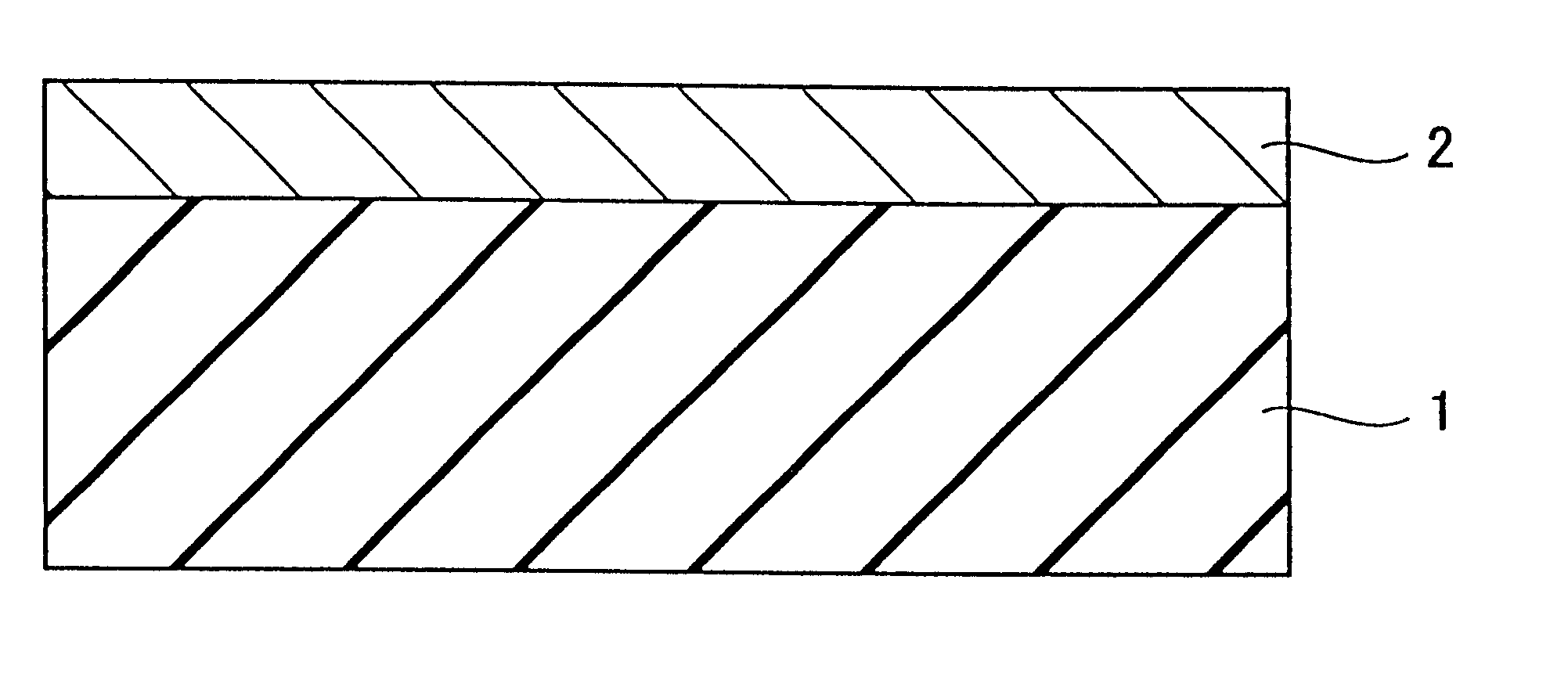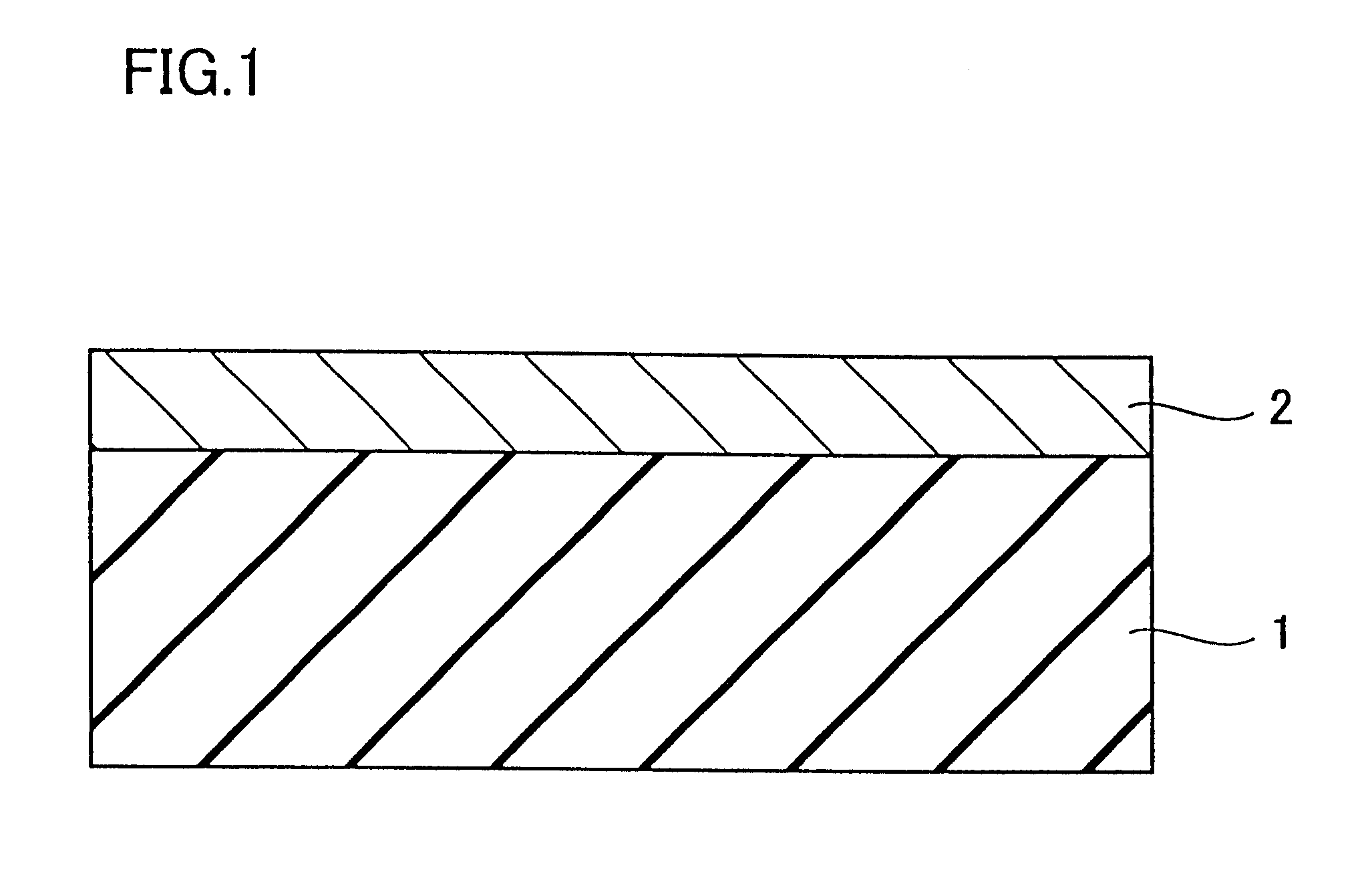Hydrogen-permeable structure and method of manufacturing the same
a technology membrane, which is applied in the direction of membranes, filtration separation, separation processes, etc., can solve the problems of cell performance deterioration, difficult to effectively prevent the peeling of hydrogen permeable film, and the problem of durability
- Summary
- Abstract
- Description
- Claims
- Application Information
AI Technical Summary
Benefits of technology
Problems solved by technology
Method used
Image
Examples
example 1
A porous silicon nitride sintered body with the average pore diameter of 0.3 .mu.m was prepared as a base material of a hydrogen permeable structure. Particles of alumunum oxide with the average particle diameter of 0.03 .mu.m dispersed in water were applied on the surface of the base material and fired at a temperature of 750.degree. C. for one hour. Thus, a hole at the surface of the base material was filled with a porous aluminum oxide layer to make the surface of the base material plane and to avoid pin holes.
An arc ion plating device was used as a device for forming a hydrogen permeable film on the surface of the porous silicon nitride base material processed as described above. An alloy having a composition comprised of 90% by mass of palladium and 10% by mass of platinum, i.e. a raw material for the hydrogen permeable film, was set as a target within a chamber in the arc ion plating device, the base material and the target being spaced by the distance of 300 mm. The pressure ...
PUM
| Property | Measurement | Unit |
|---|---|---|
| Percent by mass | aaaaa | aaaaa |
| Percent by mass | aaaaa | aaaaa |
| Pressure | aaaaa | aaaaa |
Abstract
Description
Claims
Application Information
 Login to View More
Login to View More - R&D
- Intellectual Property
- Life Sciences
- Materials
- Tech Scout
- Unparalleled Data Quality
- Higher Quality Content
- 60% Fewer Hallucinations
Browse by: Latest US Patents, China's latest patents, Technical Efficacy Thesaurus, Application Domain, Technology Topic, Popular Technical Reports.
© 2025 PatSnap. All rights reserved.Legal|Privacy policy|Modern Slavery Act Transparency Statement|Sitemap|About US| Contact US: help@patsnap.com


